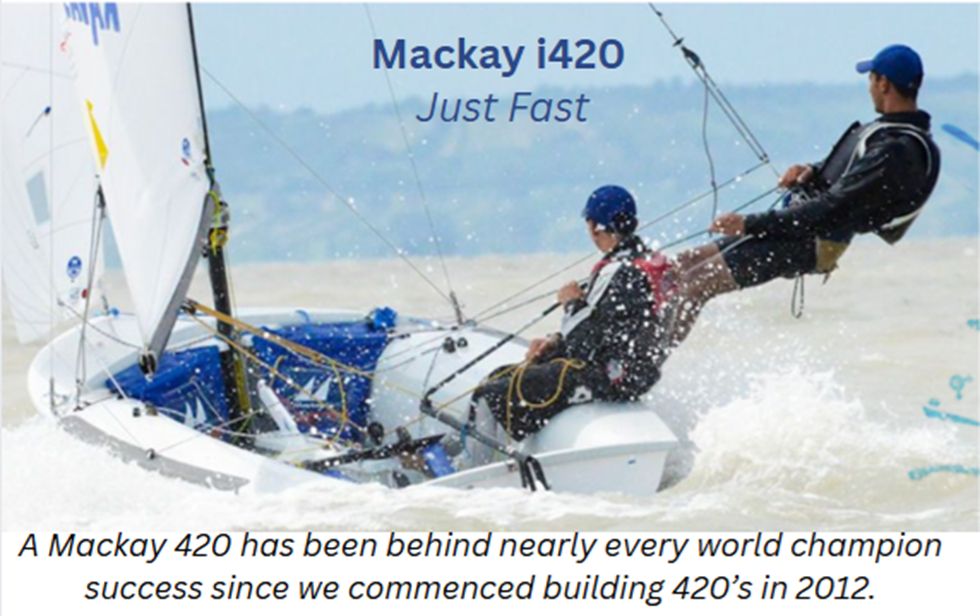The first event of the ISAF Sailing World Cup 2009-2010 is Sail Melbourne, a grueling five days of championship sailing which took place last week. After varying conditions and intensely competitive racing, the regatta culminated in a very successful showing by the Australians. (results below). The Australian team of Mathew Belcher and Malcolm Page remained on top throughout the whole regatta in the Men’s 470 class with an impressive performance of all first place finishes. They were followed by Americans Stuart Mcnay and Graham Biehl. Jo Aleh and Olivia Powrie, also of
Final Results:


